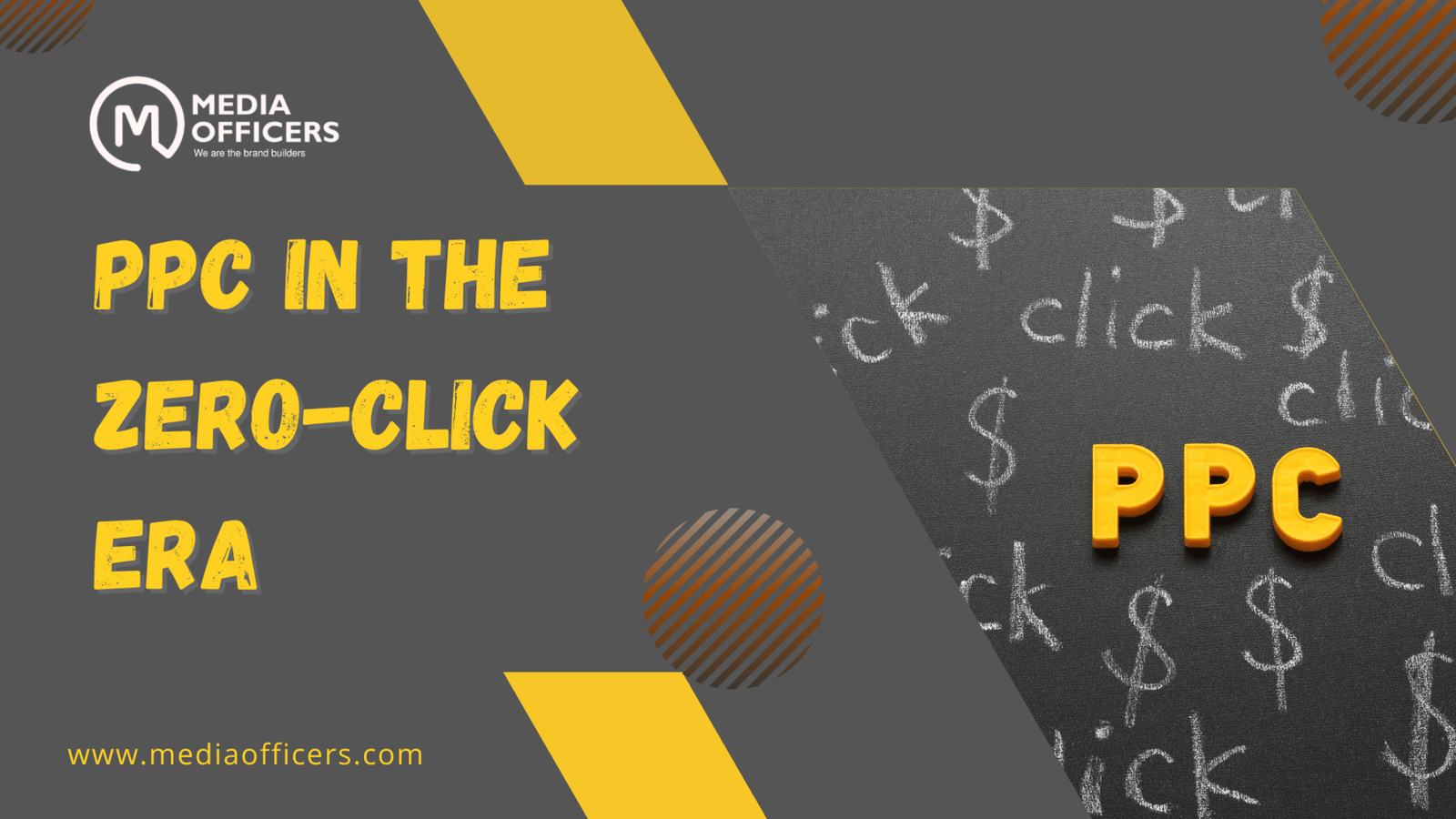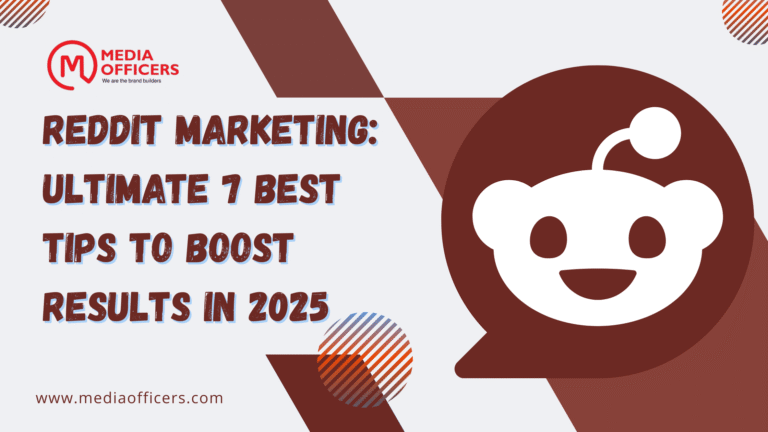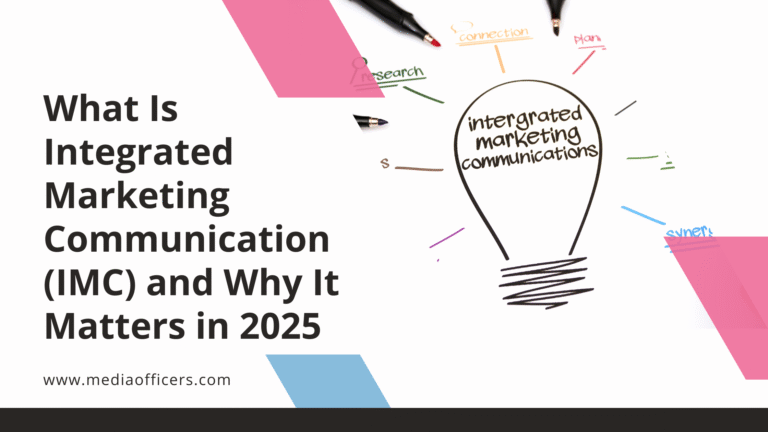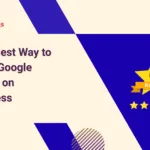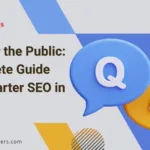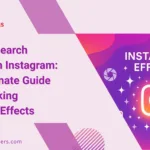PPC in the Zero-Click Era is reshaping paid search as AI features crowd the SERP and answer questions without a click. For advertisers, this shift isn’t just about fewer clicks; it’s about rethinking how value is created, where attention lives, and how to pay for performance when the landscape moves at AI speed. The good news is that profitability isn’t dead it’s redefined. The brands that win will be those that prove relevance, authority, and intent across every surface the SERP presents.
The zero-click paradigm: what changed
In the traditional blue-link economy, every impression promised a path to a conversion. But today’s SERPs are dominated by AI Overviews, knowledge panels, carousels, and featured snippets. These features answer queries directly on the page, shortening the user journey and compressing the click pool. The practical effect is a higher barrier to entry for paid search, even for top positions. The consumer’s path from discovery to purchase now often starts and ends on the SERP itself, with the AI providing the Starting point rather than a landing page.
As a result, the job of PPC teams shifts from chasing every click to securing the most meaningful click at the moment of intent. The goal is not just to appear; it’s to appear as the best answer when the user is ready to act, with messaging that aligns instantly with the AI-provided guidance. The shift also means that campaigns must be built around precise product intent and faster handoffs to product pages that satisfy the exact query in question.
Understanding the cost dynamics in a zero-click world
Zero-click searches quietly push up costs in several ways. First, the click pool shrinks as AI Overviews fulfill the informational need on the SERP. Second, CTR becomes a less reliable signal for quality score when the average click rate declines. Third, a lower expected CTR can trigger a CPC penalty, since bidding ecosystems reward higher likelihood of a click and conversion. Those forces work together to push advertisers toward greater precision and smarter bidding decisions.
But this doesn’t mean doom for paid search. It changes the math to focus on quality of intent, ad relevance, and immediate purchase readiness. When the AI has named a brand or model, the next click is usually a high-intent one. These are “super clicks” with higher probability of conversion, just not in the same volume as before. The opportunity lies in capturing those high-intent moments with landing pages and product pages that mirror the exact prompt the AI surfaced.
From researcher to buyer: capitalizing on high-intent clicks
Zero-click dynamics show that the remaining clicks are more valuable, not extinct. In the running shoe example, the AI Overview might name three brands and a model. The user’s journey then becomes a tight, fast path to purchase. If your ad aligns with that recommended product and your landing page mirrors the exact product name, you may win the sale even if overall traffic is lower than in the past.
These high-intent clicks often called super clicks are defined by several characteristics:
- Ultra-relevant messaging aligned with the AI’s suggested product
- Direct product handoff from ad to landing page with no dead ends
- Speed and clarity on price, availability, and model specifics
- Stronger conversion signals due to user readiness to buy
Focusing on these opportunities means rethinking what counts as a successful click and what constitutes a qualified lead in 2025. It also means retooling creative and landing pages to deliver the exact information the AI and the user expect.
PPC in the Zero-Click Era: auction dynamics, relevance, and brand authority
The zero-click shift doesn’t erase auctions; it reweights them. In today’s landscape, the most valuable clicks go to advertisers who consistently demonstrate relevance and brand authority, especially for model- or SKU-level terms that AI Overviews often surface. This means:
- Ad copy must mirror the exact product names that AI Overviews mention.
- Landing pages must deliver on the promise immediately no content drift from ad to site.
- Paid search must work in concert with organic content to reinforce authority and trust.
To win in the new auction reality, you’ll need a tight alignment between ad relevance, landing-page quality, and intent-driven bid strategies. This triple alignment helps you survive higher CPCs when the click pool is smaller and quality scores are more volatile in the AI era.
3 proven strategies to win in the zero-click era
Adapting to PPC in the Zero-Click Era means combining tight targeting with content that supports the AI’s framework. Here are three strategies that reflect today’s realities and set you up for sustained profitability.
1) Tightly themed ad groups and maximum ad real estate
With the user’s information needs already satisfied by the AI, your ad must be extremely specific to the product the user is seeking. Create tightly themed ad groups where each keyword cluster matches a single product name and model. This specificity improves Quality Score as your ad’s message matches the user’s intent in the context of the AI overview.
Make the most of ad real estate. Use all available assets expanded headlines, sitelinks, callouts, and structured snippets to convey an exact product promise. The landing page must deliver the promised product the moment the user lands, not drift into a broad catalog. The handoff from AI guidance to your ad should feel seamless and immediate. In practice, this approach reduces wasted spend on generic terms and increases the probability of a sale when the AI suggests a precise SKU or model.
2) Converge PPC with SEO for a unified SERP presence
AI Overviews reward authority, so SEO and PPC alignment is more critical than ever. Use paid search data to guide content strategy: the terms that trigger conversions tell you what content your audience needs. Meanwhile, organic content can earn AI-curated recognition if your brand is cited as an authoritative source. This boosts visibility while enhancing trust in paid ads when they appear later on the same SERP.
Begin by mapping top performing paid terms to content topics. Create evergreen assets that answer the questions users ask in commercial contexts. Over time, a strong authority signal from organic content can reduce CPC while improving conversion rates for your paid campaigns. In addition, ensure your product pages feature structured data so AI can recognize and reference them when providing overviews.
3) Reevaluate your bidding approach: value-based over volume
In a zero-click world, generic bidding may waste budget on low-intent traffic. Shift toward value-based bidding that prioritizes clicks and impressions most likely to convert. Bid more aggressively on product names and models that the AI Overview recently highlighted, and adjust bids based on landing page alignment and on-site conversion signals. This ensures your spend is anchored to tangible outcomes rather than sheer click volume. A value-first mindset also encourages better decision-making around budget allocation during times of unpredictable SERP features.
Implementing a zero-click-ready PPC plan: step-by-step
Here’s a practical blueprint to operationalize these concepts in your own accounts. It’s designed to be actionable within 90 days, with milestones that build a strong foundation for ongoing profitability. The plan emphasizes relevance, speed-to-purchase, and cross-channel cohesion.
- Audit and map intent: Review your top commercial queries and identify which ones are most likely to be influenced by AI Overviews. Map each query to a precise product page, not a broad category page.
- Create ultra-specific ad groups: Break campaigns into product-centric groups. Ensure ad copy mirrors the exact product names and features the AI would surface.
- Upgrade landing pages: Build landing pages that match the exact product name with fast load times, clear CTAs, and product-focused content.
- Coordinate with SEO: Provide SEO with the best-performing paid terms. Align content topics with the intent signals observed in PPC data.
- Ad assets and experimentation: Test multiple headlines, descriptions, and extensions that emphasize immediate purchase readiness. Prioritize variants that demonstrate faster time-to-purchase.
- Measure with new metrics: Track time-to-purchase, assisted conversions, and direct revenue from high-intent clicks. Keep an eye on quality score signals in light of reduced CTR.
How to measure success in a zero-click PPC world
Key performance indicators shift as the SERP evolves. While CTR remains relevant, the focus moves toward conversion efficiency, path-to-purchase speed, and brand credibility in the context of AI-driven results. A robust measurement framework combines first-party data from your site with multi-touch attribution that acknowledges the AI’s influence on the user journey. You should also track incremental impact how much revenue is generated from high-intent clicks that originated from direct AI interactions on the SERP versus other channels.
Frequently Asked Questions
What is zero-click search and how does it affect PPC?
Zero-click search refers to SERP features that answer the user’s question directly on the results page, reducing the need to click. For PPC, this means fewer clicks but higher intent on the clicks that do occur, so strategies must prioritize highly relevant, product-specific messaging and fast landing-page handoffs.
How can I reduce CPC in a zero-click SERP?
Focus on high relevance and landing-page alignment. Build tightly themed ad groups, bid more on high-intent product terms, and optimize landing pages for speed and direct product delivery. Also invest in content that earns organic authority to enhance SERP trust signals.
Which campaigns benefit most from zero-click adaptation?
Product-specific campaigns with clear models or SKUs tend to benefit most, as AI Overviews often surface exact matches. However, broad informational terms can still work when paired with an optimized landing page and strong conversion paths.
How do I measure success when clicks are fewer but more valuable?
Track time-to-purchase, assisted conversions, and revenue per high-intent click. Use attribution models that credit AI-influenced touchpoints and compare against prior periods to understand efficiency gains.
Conclusion
The shift to zero-click SERPs doesn’t spell the end of paid search; it redefines how marketers win. By focusing on relevance, authority, and intent alignment, you can counteract higher CPCs and lower CTRs with higher-quality conversions. The era of PPC in the Zero-Click Era demands discipline, experimentation, and a willingness to converge strategies across paid, owned, and earned media. Master these fundamentals and your campaigns won’t just survive the AI era they’ll thrive. Embrace the change, optimize for intent, and let your brand be the trusted answer the AI Overviews point to when it matters most.

